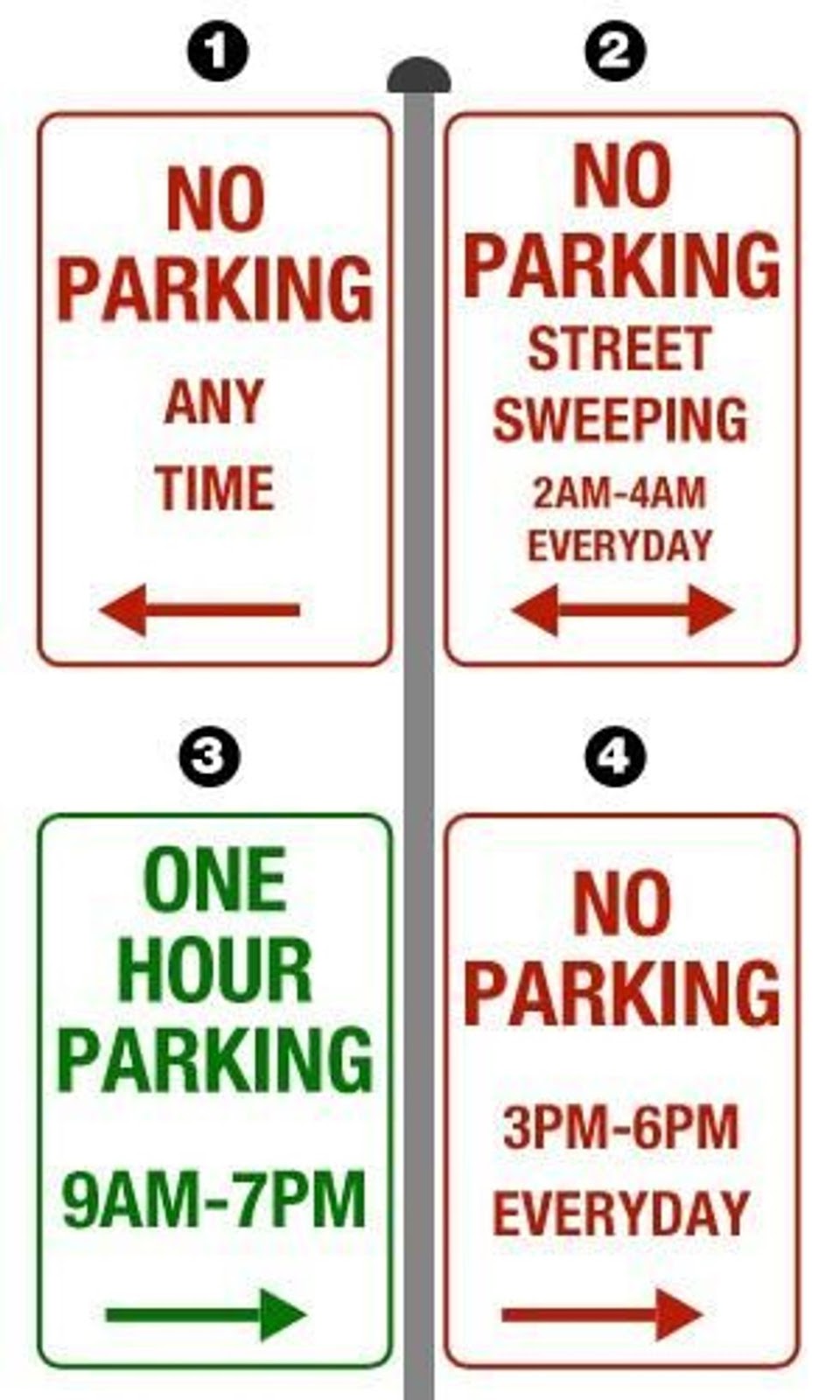Decoding Parking Design: Top 4 Essential Tips You Need to Know
Designing effective parking spaces isn’t just about putting down lines — it’s about optimizing flow, improving safety, and enhancing the experience for every user. In this article, I’ll walk you through four essential tips I’ve found critical in creating well-designed, user-friendly parking facilities.
Understanding Parking Design
Definition of Parking Design
Parking design refers to the systematic approach taken to create effective and user-friendly spaces for vehicles. This includes the layout, size, and accessibility of parking lots or garages—considering both surface lots and structured facilities. It involves various considerations such as:
- Space Utilization: Maximizing the number of vehicles that can park conveniently.
- Flow and Accessibility: Ensuring drivers and pedestrians can move smoothly in and out.
- Aesthetic Appeal: Making the parking area visually appealing and welcoming.
Every time I visit a new city, I often notice how well or poorly a parking area is designed. One noteworthy example comes from a trip I took to Nashville, where the parking lot design was both efficient and beautifully integrated into the surrounding environment. The clever use of signage and greenery not only optimized space but also enhanced the overall experience of visitors.
Importance of Efficient Parking Design
The significance of efficient parking design cannot be overstated. Poorly designed parking can lead to frustration, increased traffic congestion, and can even deter customers from visiting a business area. Some key reasons why efficient parking design matters include:
- Optimized Space: Efficient parking design maximizes space utilization, allowing more vehicles to park comfortably which can lead to increased foot traffic for businesses.
- Enhanced Safety: A well-planned layout minimizes accidents and enhances pedestrian safety—something we all can appreciate after a long day out.
- Improved User Experience: Thoughtful design elements like clear signage and designated walkways create a pleasant experience for users, reducing unnecessary stress.
- Environmental Considerations: Integrating green solutions in parking design can reduce urban heat and contribute to sustainability goals.
Partnering with a professional parking design firm — especially one that uses advanced parking software — can bring these benefits to life.
Source: Superior Asphalt

Factors Influencing Parking Design
As we delve deeper into the intricacies of parking design, we realize just how many factors play into creating effective spaces. Each element contributes to the overall functionality and user experience of the parking area. Here’s a closer look at some of the most impactful variables.
Site Location and Layout
The location of a parking facility can significantly dictate its design. For instance, a parking lot in a bustling downtown area will have different needs than one located near a residential neighborhood. Key considerations include:
- Proximity to Destinations: Being close to shopping centers, offices, or event venues increases usage.
- Natural Topography: Incorporating existing landscape features can enhance design while minimizing construction costs.
I remember visiting a small-town market where the parking lot was creatively nestled under large oak trees. It not only provided essential shade but also added an inviting charm to the space that made shoppers feel welcomed.
Traffic Flow and Accessibility
Traffic flow is pivotal in ensuring that vehicles can enter and exit the parking area smoothly. Ideal parking designs work to:
- Minimize Congestion: A well-planned layout reduces bottlenecks, allowing cars to move freely.
- Provide Clear Pathways: Design elements should direct vehicles to entrances and exits efficiently while also guiding pedestrians safely.
During my recent trip to a local festival, I noticed how one parking lot utilized one-way lanes to enhance traffic flow. This small change made a world of difference as it significantly reduced waiting times and improved user satisfaction.
Size and Type of Vehicles
In today’s diverse driving landscape, accommodating a variety of vehicle sizes is essential in parking design. Considerations include:
- Standard vs. Compact Spaces: Offering a mix ensures all drivers find a suitable spot.
- Specialty Spaces: Designated areas for electric vehicles or oversized trucks promote inclusivity.
In a bustling urban area I visited, I saw a parking facility that featured designated lanes for ride-sharing vehicles. It not only alleviated congestion but also encouraged users to embrace alternative transportation methods.
Urban garages are starting to include ride-share drop zones — a smart response to evolving transport patterns.
Source: Brigen Consulting
Essential Tips for Effective Parking Design
As we explore how to improve parking spaces further, let’s focus on some essential tips that can make a notable difference in the effectiveness of parking design. From practical signage to embracing technology, here are some strategies that can enhance user experience and safety.
Tip 1: Use Effective Signage and Markings
Effective signage and clear markings are the backbone of any well-designed parking facility. Proper signage helps drivers navigate easily without frustration, which is crucial when they’re in a hurry. Consider the following:
- Directional Signs: Clear arrows and guiding signs help direct traffic flow, making entrances and exits obvious.
- Parking Space Markings: Clearly painted lines demarcating parking spots prevent confusion and ensure the best use of space.
At a busy shopping plaza I frequent, the signage is strategically placed to guide drivers to designated entrances. It always amazes me how many accidents are avoided just by effective wayfinding!
Tip 2: Implement Smart Parking Technology
Incorporating smart parking technology can revolutionize how we think about parking. Features like real-time information systems and apps can significantly enhance user experience. Some benefits include:
- Real-time Availability: Apps that show available spots can help users find parking faster.
- Reservation Systems: The ability to book a spot in advance reduces uncertainty for visitors.
During a recent visit to a tech-forward city, their smart parking app was a game-changer. I could see available spaces in real-time, which saved me time and reduced stress.
Tip 3: Prioritize Lighting and Security
Safety is paramount in parking design. Well-lit areas and visible security features create a secure environment for users. Important strategies include:
- High-Intensity Lighting: Ensuring that all areas are well-lit dissuades criminal activities and gives users a sense of safety.
- Surveillance Cameras: Visible cameras can act as a deterrent for potential wrongdoers.
I remember visiting a festival where the parking lot was equipped with motion-activated lights. It not only improved safety but also made it easier for everyone to find their vehicles in the dark.
Tip 4: Go Green with Sustainable Design
Lastly, as we move toward a more eco-conscious world, integrating sustainable practices into parking design is vital. Here are a few ideas:
- Permeable Pavement: Using materials that allow water to drain can minimize runoff and support environmental health.
- Electric Vehicle Charging Stations: Providing charging options attracts more eco-friendly vehicles.
On a recent road trip, I was pleasantly surprised to encounter a parking lot that featured solar-powered charging stations. It felt great to see a facility focused on sustainability while meeting the needs of modern vehicle trends.
By implementing these tips, parking facilities can enhance functionality, improve safety, and contribute positively to the environment—all essential for effective parking design.
FAQs
What makes parking design efficient?
Efficient parking design maximizes space, improves traffic flow, and prioritizes safety and accessibility for all users.
Why is smart parking technology important?
It helps drivers find spots quickly, reduces stress, and optimizes lot usage with real-time data and reservations.
What are examples of green parking solutions?
Permeable pavement, EV charging stations, solar lighting, and bike racks all promote sustainability.
What factors influence parking design?
Location, traffic flow, types of vehicles, and environmental goals all shape effective parking layout decisions.
Sources:
- Superior Asphalt – Parking Design Importance
- Brigen Consulting – Factors That Influence Parking Design

